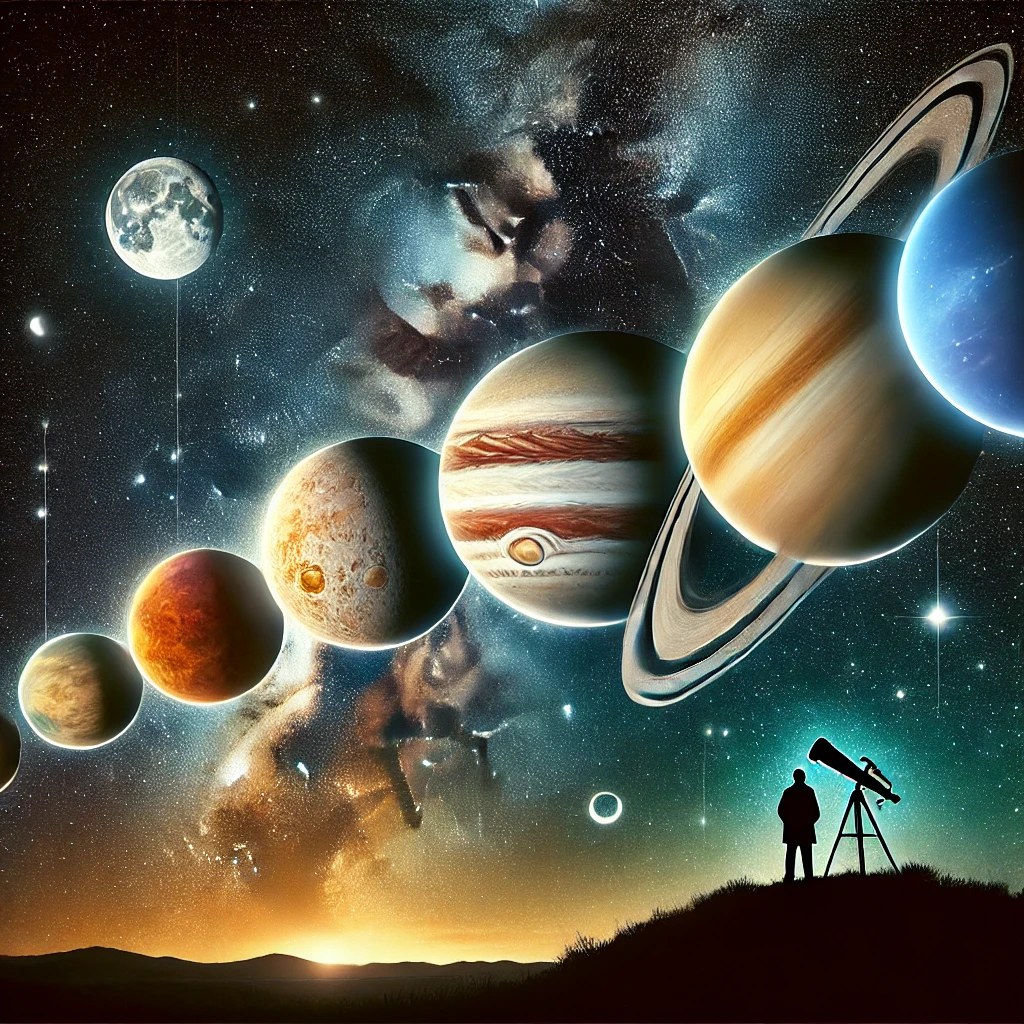Updated: [28th, February, 2025] |  Reading Time: 5 Min
Reading Time: 5 Min
 Author: [Global World Citizen] | Published on: GlobalWorldCitizen.com
Author: [Global World Citizen] | Published on: GlobalWorldCitizen.com
Don’t Miss 2025’s Great Planet Parade – Your Last Chance to Witness This Rare Cosmic Event
A breathtaking celestial event is unfolding in the night sky, as seven planets—Mercury, Venus, Mars, Jupiter, Saturn, Uranus, and Neptune—appear together after sunset in a phenomenon known as a “Planetary Parade.” This is one of the rarest planetary alignments, and it won’t happen again until 2036!
If you’re a stargazer or an astronomy enthusiast, this is your final chance to witness the incredible planetary gathering before some of these planets disappear into the sun’s glare.
 What Is the 2025 Planetary Parade?
What Is the 2025 Planetary Parade?
A planetary parade happens when multiple planets align in Earth’s night sky at the same time. While it’s a line-of-sight phenomenon rather than a true cosmic alignment, the rare gathering of seven planets together makes this a must-see event.
 Key Facts About the 2025 Planet Parade
Key Facts About the 2025 Planet Parade






 When and Where to See the Planet Parade
When and Where to See the Planet Parade
To witness this stunning celestial lineup, follow these guidelines:






 Bonus Spectacle: The Crescent Moon Joins the Parade!
Bonus Spectacle: The Crescent Moon Joins the Parade!
Mark your calendars for March 1-2, 2025, when a crescent moon will enhance the show!


 Why Is This Event So Special?
Why Is This Event So Special?



 When Is the Next Planetary Parade?
When Is the Next Planetary Parade?
If you miss this event, you’ll have to wait for:

 Final Thoughts – Don’t Miss This Rare Cosmic Event!
Final Thoughts – Don’t Miss This Rare Cosmic Event!
This planetary parade is a once-in-a-lifetime opportunity to see seven planets together in the sky. Whether you’re using just your eyes or a telescope, this is a chance to witness the grandeur of our solar system in real-time.






